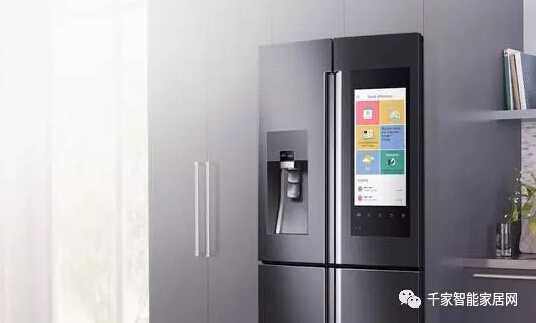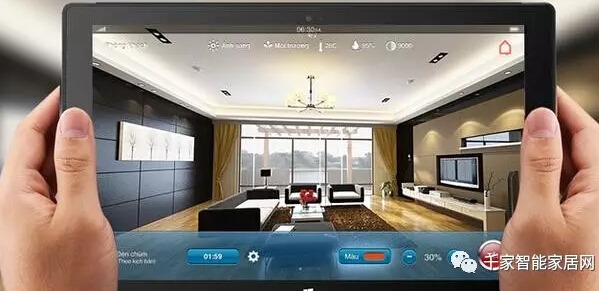
Smart home networks are the backbone of any smart home system, typically connecting all your intelligent devices—routers, Wi-Fi-enabled appliances, and even RF-controlled gadgets—under one unified platform. While the central hub or controller might seem like it consumes a lot of energy, its power usage is surprisingly low. Most controllers on the market operate at just 0.5 to 1 watt, meaning they’d cost you less than $10 annually in electricity even if left running 24/7. So, the core system itself isn’t a significant drain on your wallet.
However, it’s the third-party devices—smart fridges, air conditioners, lighting systems, and more—that truly impact your energy bill. These devices vary widely in their power consumption depending on their features and functions. Let’s break down some of the key players below.
Smart Refrigerators
One of the most noticeable differences between smart and conventional refrigerators lies in their ability to monitor food storage conditions, send reminders for expired items, and adjust cooling settings automatically based on what’s inside. With added sensors, advanced temperature controls, and larger LCD screens, these fridges consume more power than standard models. On average, expect to pay an extra $40-$80 per year in electricity costs compared to traditional refrigerators.

Smart Air Conditioners
Centralized smart air conditioners are designed to learn your habits and adjust the indoor temperature accordingly. While they don’t necessarily run at higher wattages than regular units, the pre-cooling feature adds about 5-10 minutes to their runtime each day. Over the course of a year, this can bump up your energy expenses by roughly $150-$250 compared to standard ACs.
Intelligent Lighting Systems
Automated lighting setups turn lights on and off based on motion detection, eliminating wasteful habits like leaving lights on unnecessarily. While smart sensors do add some extra power draw, overall, the difference between smart lighting and regular lighting remains minimal—likely just a few dollars extra per month.
Smart Vacuum Cleaners
In recent years, robotic vacuum cleaners have become increasingly efficient while reducing their power consumption. Early models could reach up to 200 watts, but now many brands offer models with power ratings between 35-50 watts. Assuming daily operation for 40 minutes, the annual electricity bill would stay under $10. Accounting for standby and charging losses, total costs should never exceed $20.

Smart Toilet Seats
Revolutionizing bathroom experiences, smart toilet seats come equipped with features like heated seats, warm water rinsing, and air drying. With a typical power range of 300-800 watts, they consume significantly more than basic models. If used for half an hour daily, expect an annual energy cost of around $80-$100.
Other notable power-guzzling devices include smart washing machines and ovens, though smaller gadgets like smart speakers and alarm clocks barely register on your meter. All told, outfitting your home with a full suite of smart appliances might increase your yearly energy costs by approximately $500. For those considering adopting a smart home setup, can you see yourself investing in this kind of upgrade?
DongGuan BoFan Technology Co.,Ltd. , https://www.ufriendcc.com